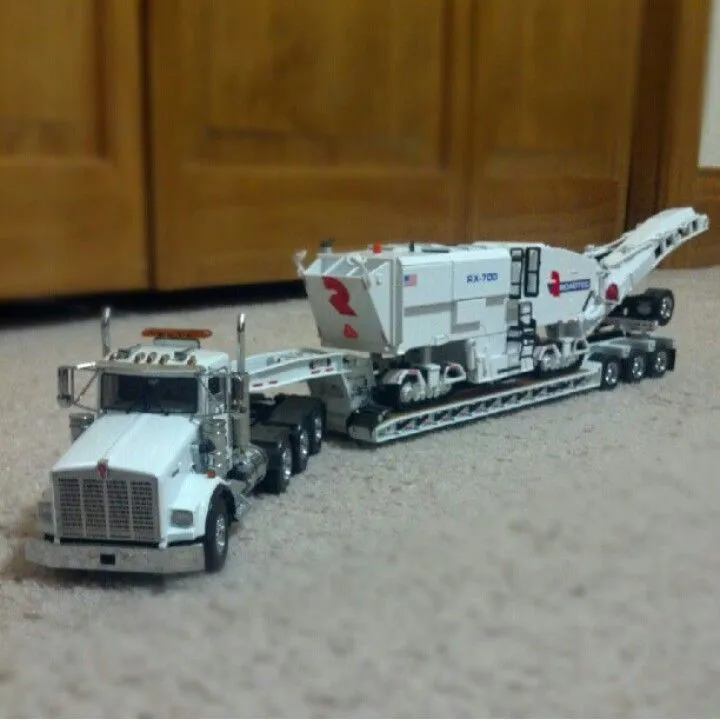What Are Sword Diecast Replicas
Sword diecast replicas are meticulously crafted models of historical and fictional swords, created using a die-casting process. This involves injecting molten metal, typically alloys, into molds to produce highly detailed and accurate representations. These replicas appeal to a wide audience, including history enthusiasts, collectors, and fans of movies, video games, and literature. Unlike functional swords, diecast replicas are primarily intended for display and collection, offering a safe and accessible way to appreciate the artistry and design of these iconic weapons. The quality of a sword diecast replica can vary significantly, with some being mass-produced and others being high-end, handcrafted pieces. The level of detail, the materials used, and the authenticity of the design all contribute to the replica’s value and appeal. These replicas range in size, from miniature versions to near life-size models, ensuring that there is a replica available for all collectors.
Materials Used in Sword Diecast Replicas
The choice of materials is crucial in the creation of sword diecast replicas, directly impacting their durability, appearance, and authenticity. The most common material is a zinc alloy, often combined with other metals like aluminum, magnesium, and copper. This alloy provides a good balance of strength, detail retention, and cost-effectiveness, making it a popular choice for mass production. High-end replicas may utilize more specialized materials to achieve a higher level of realism and durability. Stainless steel can be used for the blade to mimic the look and feel of a real sword, while the hilt and other components might feature brass, bronze, or even precious metals. The use of different materials adds to the replica’s value and visual appeal. The finish of the materials also plays a critical role. Replicas often undergo various treatments, such as polishing, plating, and weathering, to enhance their appearance and simulate the look of aged metal. These processes further add to the realism and collectibility of the sword diecast replica, making them highly sought after by collectors.
Metal Alloys and Their Properties
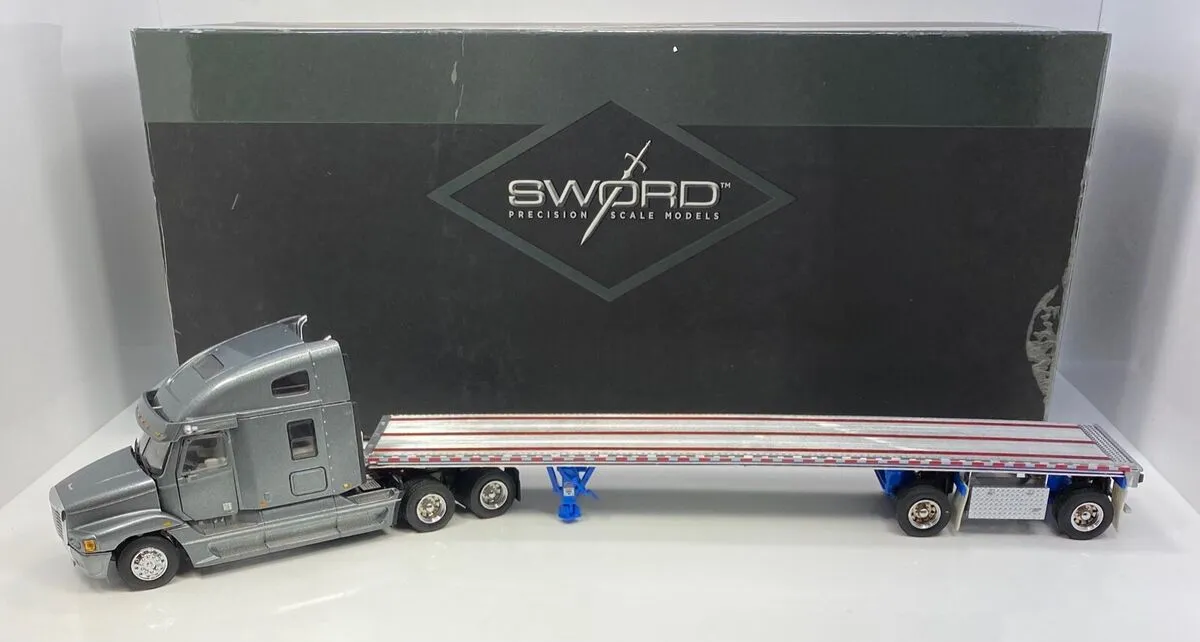
Different metal alloys offer unique properties that influence the quality of a sword diecast replica. Zinc alloys, being the most common, are chosen for their ability to capture intricate details and their relatively low melting point, which simplifies the die-casting process. They are also relatively inexpensive, making them suitable for mass-produced replicas. Aluminum alloys, when used, provide a lightweight alternative, though they might not capture detail as finely as zinc. Brass and bronze alloys are often utilized for hilts and other decorative elements due to their rich color and ability to be polished to a high shine. Stainless steel is a preferred choice for the blade in some high-end replicas because of its strength, corrosion resistance, and ability to hold a sharp edge, though these replicas will usually be blunt for safety reasons. The selection of an alloy depends on the desired appearance, durability, and cost of the replica, with each alloy bringing its unique benefits to the final product.
Manufacturing Processes Overview
The manufacturing of sword diecast replicas involves several key steps, starting with the creation of the mold. Highly skilled craftsmen design and produce detailed molds, often made from steel, to replicate the intricacies of the original sword. The die-casting process begins by melting the selected metal alloy. The molten metal is then injected into the mold under high pressure, filling every detail of the design. Once the metal cools and solidifies, the mold is opened, and the replica is extracted. The next steps involve finishing processes. The rough edges are removed, and the replica undergoes a series of treatments, such as polishing, plating, and painting, to enhance its appearance. High-quality replicas may also involve hand-finishing to add further detail and authenticity. Some manufacturers also use weathering techniques to simulate the look of aged metal. These techniques can include applying chemical treatments or manually distressing the surface to give the replica a more realistic appearance. The final product is a detailed and visually appealing representation of the original sword.
How to Choose a Sword Diecast Replica
Selecting the right sword diecast replica involves considering several factors to ensure it meets your collecting or display needs. Start by identifying the swords that interest you, whether they are historical weapons, fictional blades from movies or games, or unique designs. Research the various replicas available of each sword, paying close attention to the manufacturer and the materials used. Reading reviews from other collectors can provide valuable insights into the quality and accuracy of different replicas. Assess the level of detail in the replica, looking for accurate proportions, intricate designs, and realistic finishes. Consider the size and weight, ensuring the replica fits your display space and personal preferences. Establish a budget and compare prices across different retailers. Don’t forget to factor in shipping costs and any potential import duties. Finally, determine where you plan to display the replica. This will influence your decision on its size, materials, and the need for accessories like display stands or cases. A well-considered choice ensures you acquire a replica that you’ll appreciate for years to come.
Authenticity and Detailing
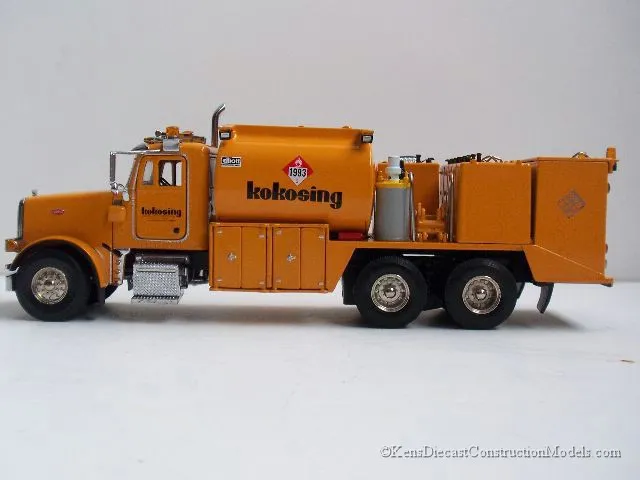
Authenticity and detailing are key aspects of a high-quality sword diecast replica, impacting its value and appeal. Authentic replicas accurately represent the original sword’s design, including the shape of the blade, the hilt, the guard, and any embellishments. Details such as engravings, markings, and the texture of the materials should be meticulously reproduced. Look for replicas that have been officially licensed or endorsed by historical organizations or the rights holders of fictional swords. These replicas often undergo rigorous scrutiny to ensure they meet specific standards of accuracy. Pay attention to the craftsmanship, looking for clean lines, precise detailing, and a high-quality finish. Compare different replicas side-by-side to identify the one that most closely resembles the original. Detailed research can help you identify the characteristics of the original sword, enabling you to assess the authenticity of the replica. When considering a replica, think about the details such as the blade’s finish, the hilt’s grip texture, and the presence of any inscriptions. The more detailed and accurate the replica, the more valuable and appealing it will be.
Size and Weight Considerations
The size and weight of a sword diecast replica are important factors to consider, particularly if you intend to display or handle the replica. Replicas come in various sizes, ranging from miniature versions to full-scale models. The size should be appropriate for your intended display location. A smaller replica might be ideal for a desk or a display case, while a full-size replica could be displayed on a wall or in a larger space. The weight of the replica will also influence your decision. Heavier replicas can feel more substantial and authentic, but they might require more robust display mounts. Ensure that any display stand or mounting system can support the replica’s weight. Consider the balance of the replica. A well-balanced replica will feel more comfortable to handle and will be easier to display. Research the original sword’s dimensions to find a replica that closely matches the size of the real weapon. Check the specifications provided by the manufacturer, including the length, weight, and any additional details about the replica’s balance. These details will help you make an informed choice and acquire a replica that suits your preferences.
Budget and Pricing
Setting a budget and understanding the pricing of sword diecast replicas is crucial for making a sound purchase. The prices vary significantly based on factors like the manufacturer, the materials, the level of detail, and the authenticity of the replica. Establish a budget before you begin your search. Research the prices of similar replicas to determine what you can realistically expect to spend. Mass-produced replicas are generally more affordable than high-end, handcrafted models. The materials used will also affect the price. Replicas made with more expensive materials, such as stainless steel or precious metals, will typically cost more. Consider the brand and the manufacturer’s reputation. Well-known brands often command higher prices due to their reputation for quality and detail. Look for sales, discounts, and promotions to find the best deals. Compare prices across different retailers, including online stores and specialty shops. Factor in any additional costs, such as shipping and import duties. By setting a budget and researching prices, you can ensure that you acquire a quality replica that fits your budget and meets your expectations.
Where to Buy Sword Diecast Replicas
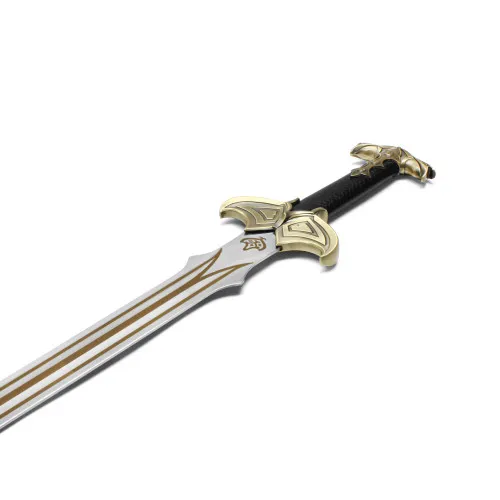
Finding reputable sources to purchase sword diecast replicas is essential for ensuring you receive a high-quality product. Both online and brick-and-mortar stores offer a wide selection of replicas, each with its own benefits. The best choice depends on your preferences and the availability of specific replicas. Online retailers provide a vast selection, often with competitive pricing and detailed product descriptions. They offer the convenience of shopping from home and the ability to compare products from different vendors. However, you cannot physically examine the replica before purchasing it, and shipping costs and potential return policies are factors to consider. Brick-and-mortar stores, such as specialty shops and collectors’ stores, allow you to see and handle the replicas before buying. This enables you to assess the quality, detail, and authenticity of the replica. These stores often offer expert advice and a more personal shopping experience. However, they may have a more limited selection and may have higher prices compared to online retailers. Consider both options and make an informed decision based on your needs and priorities.
Online Retailers
Numerous online retailers specialize in sword diecast replicas, each with its unique advantages and disadvantages. Amazon is a popular choice, offering a vast selection from various manufacturers. The platform provides customer reviews, making it easier to assess the quality of the product. However, the quality of the items can vary significantly. Dedicated replica retailers, such as those specializing in historical or fantasy weapons, often offer a curated selection of high-quality replicas. These stores may provide more detailed product descriptions and expert customer service. Auction sites, like eBay, can offer deals on rare or discontinued replicas. However, it is crucial to verify the seller’s reputation and examine the product details carefully. When shopping online, always review the retailer’s return policy. This ensures that you can return the replica if it does not meet your expectations. Pay attention to shipping costs and the estimated delivery time. Look for retailers with secure payment options and a reputation for reliable service. Reading customer reviews and comparing prices from different retailers is essential for making an informed purchase. This way, you increase your chances of acquiring a high-quality replica at a competitive price.
Specialty Stores and Collectors’ Shops
Specialty stores and collectors’ shops are excellent resources for finding high-quality sword diecast replicas. These shops typically specialize in collectibles, historical items, or fantasy weapons. They often offer a curated selection of replicas from reputable manufacturers. The staff in these stores often have expertise in swords and replicas, allowing them to provide valuable advice and insights. Collectors’ shops frequently stock rare or hard-to-find replicas. This provides an opportunity to discover unique pieces. You can physically examine the replicas before purchasing them, which is a significant advantage. You can assess the detailing, the materials, and the overall quality. This hands-on experience ensures that the replica meets your expectations. Specialty stores often offer a personalized shopping experience, allowing you to ask questions and get assistance. They may also offer a variety of accessories, such as display stands and cases. The staff can help you choose items that will complement your replica. While the prices in specialty stores may be slightly higher than those online, the assurance of quality and expert service can be worth the cost. Before visiting a specialty store, research the store’s reputation and read customer reviews. This information helps you choose a reputable shop with a strong track record.
Tips for Maintaining Your Sword Diecast Replica
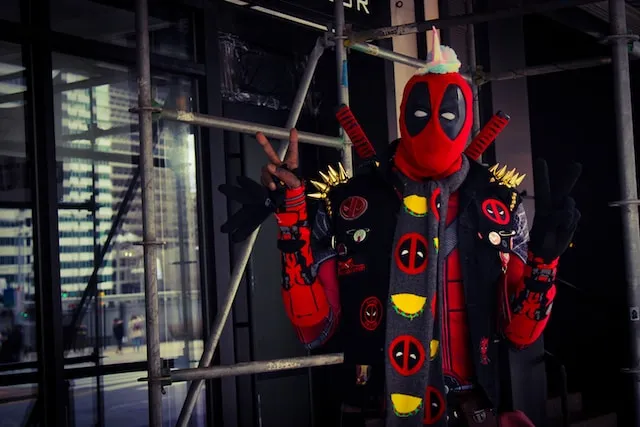
Proper maintenance is essential for preserving the condition and extending the lifespan of your sword diecast replicas. Regular cleaning helps to remove dust, dirt, and fingerprints, which can degrade the finish over time. Use a soft, lint-free cloth to gently wipe down the replica’s surface. Avoid using harsh chemicals or abrasive cleaners, as these can damage the finish. Store your replicas in a dry, climate-controlled environment. Excessive humidity and extreme temperatures can cause corrosion or damage. Consider using a display case to protect your replicas from dust and accidental damage. If your replica has a blade, be sure to handle it carefully to avoid scratches or dents. Avoid dropping or mishandling the replica. Regularly inspect your replicas for any signs of wear or damage. Address any issues promptly to prevent them from worsening. Consider applying a protective coating, such as a wax or polish, to help protect the finish of the replica. Regularly rotating your collection can help prevent prolonged exposure to sunlight, which can fade the finish. With proper care and maintenance, your sword diecast replicas will remain in excellent condition for years to come. This will allow you to enjoy your collection and preserve its value.
Cleaning and Storage
Cleaning and storage are crucial for maintaining the beauty and condition of your sword diecast replicas. Dust and dirt can accumulate over time, causing the finish to dull. Gently wipe the surfaces with a soft, lint-free cloth. Avoid using water or cleaning agents, as these can damage the metal or finish. A slightly damp cloth can be used if necessary, but make sure to dry the replica thoroughly afterward. When storing your replicas, choose a dry, climate-controlled environment. Humidity and extreme temperatures can cause corrosion or damage. Consider using a display case or storage box to protect your replicas from dust and accidental damage. Store the replicas in a way that prevents them from touching each other to avoid scratches. Avoid direct sunlight, which can cause the finish to fade over time. If you have a collection of swords, consider storing them vertically. You can also use specialized stands to hold the swords securely. Before storing your replicas, clean and inspect them for any signs of damage or wear. Addressing any issues before storage will help preserve the replicas’ condition. By following these simple cleaning and storage tips, you can preserve your sword diecast replicas for years to come, ensuring their beauty and value remain intact.
Displaying Your Collection
Displaying your sword diecast replica collection is an enjoyable way to showcase your appreciation for these collectible items. Proper display also helps to protect the replicas and enhances their visual appeal. There are several display options to consider, depending on your space, your collection’s size, and your personal preferences. Display cases are a great way to showcase your collection while protecting it from dust and damage. Consider cases with built-in lighting to highlight the details of your replicas. Wall-mounted displays are another option, especially for full-size replicas. Ensure that the wall mount is sturdy and capable of supporting the weight of the replica. For smaller collections, you can use display stands. These stands can be made of wood, metal, or acrylic. They can be customized to fit the specific dimensions of your replicas. Arrange your collection in a way that is visually appealing and tells a story. Grouping replicas by type, historical period, or theme can create an interesting display. Use appropriate lighting to highlight the details of your replicas. Avoid direct sunlight to prevent fading. Regularly clean the display surfaces and inspect the replicas for any damage. By thoughtfully displaying your collection, you can create a showcase that enhances the beauty and value of your sword diecast replicas.
Sword Diecast Replicas for Collectors
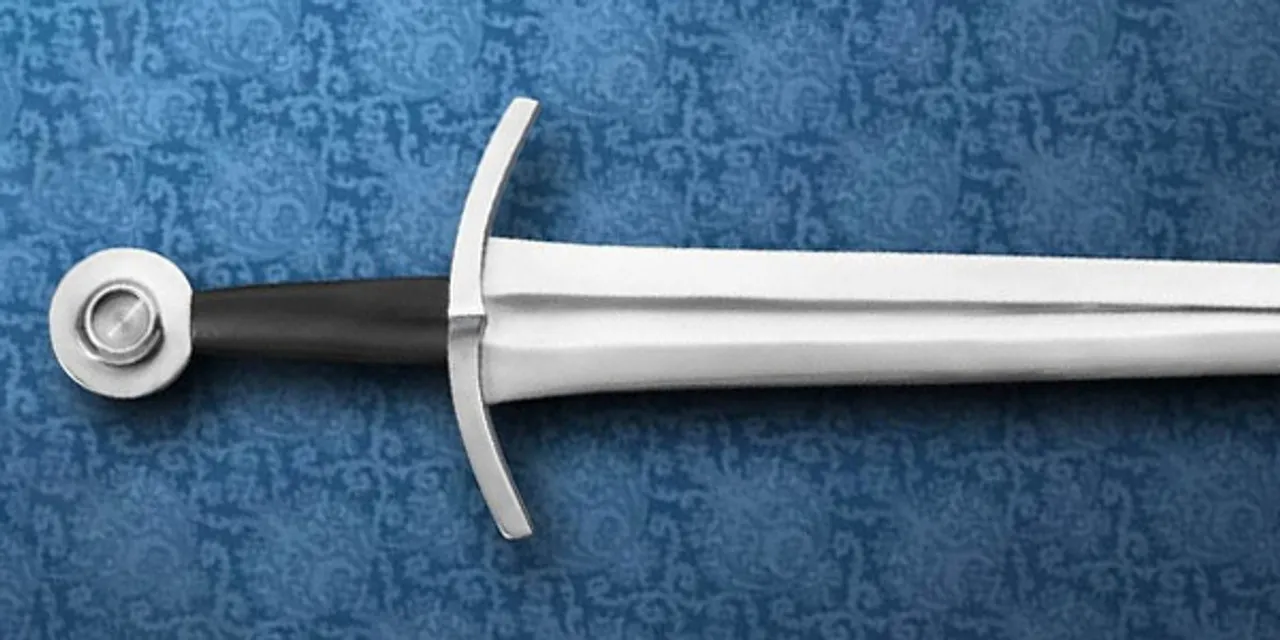
Sword diecast replicas offer a rich and rewarding collecting experience for enthusiasts. They provide a tangible link to history, fantasy, and popular culture. The appeal of collecting these replicas lies in several factors, including the wide variety of swords available, the detailed craftsmanship, and the historical significance of the originals. Many collectors are drawn to the historical accuracy of the replicas, allowing them to study and appreciate the designs and artistry of historical swords. Others are fascinated by replicas of fictional swords from their favorite movies, games, or books. The collectibility of sword diecast replicas is often reflected in their value. Factors such as rarity, manufacturer, and the level of detail influence their price. Over time, certain replicas can appreciate in value, making them a worthwhile investment. Building a collection of sword diecast replicas is a personal journey. Collectors develop their own areas of interest, from specific types of swords to specific historical periods or fictional universes. They research the swords, acquire the replicas, and display them with pride. The collector community shares information and passion through online forums, clubs, and events. Whether you are a seasoned collector or a newcomer, sword diecast replicas offer a fascinating and rewarding hobby. They allow you to appreciate the artistry of swords and share your passion with others.
